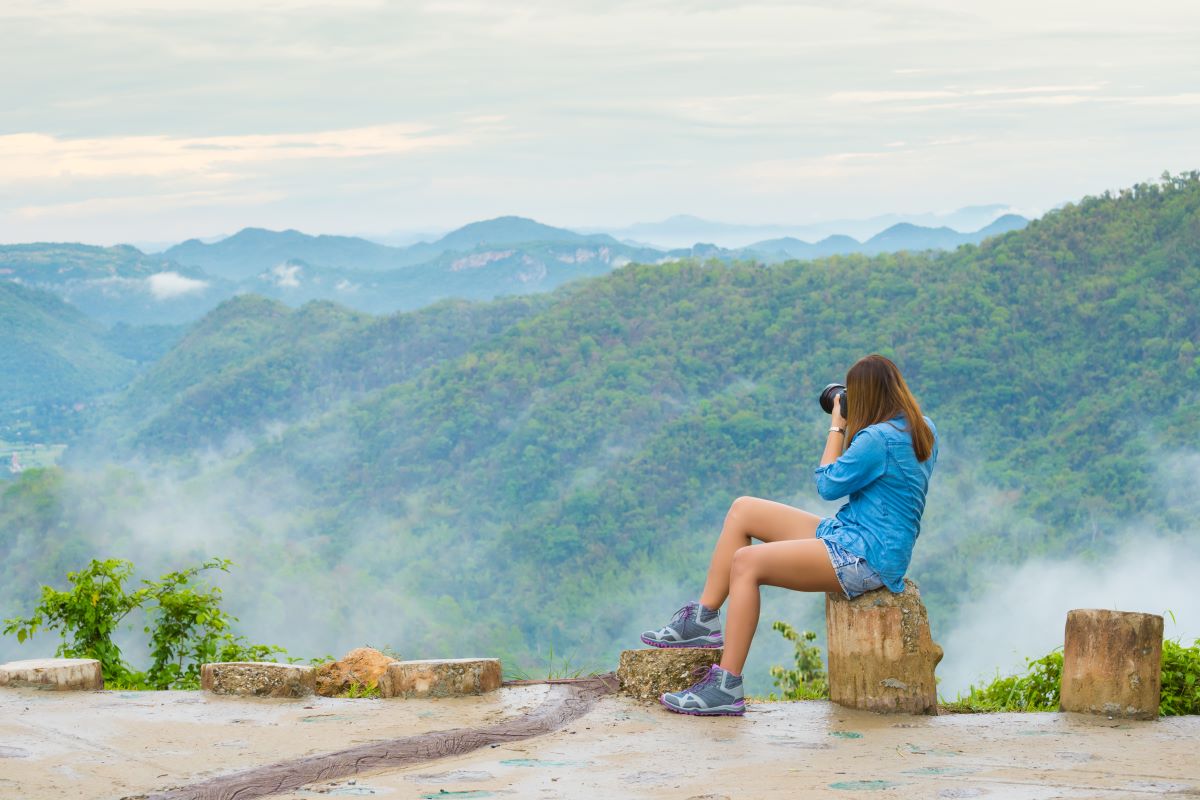The modern travel experience has evolved dramatically in the past decade. Once driven by curiosity and cultural exploration, today’s travelers are equally—if not more—motivated by how their journeys will look on social media.
From the turquoise waters of Bali to the pink-walled streets of Marrakech, “Instagrammable spots” have become a new form of currency in the digital age. It’s no longer enough to visit a destination; travelers now want to capture it in the most visually stunning way possible.
This phenomenon raises an important question: Why do travelers chase Instagrammable spots? What drives the obsession to photograph, post, and tag every breathtaking view? Let’s explore the psychology, culture, and impact behind this growing trend.
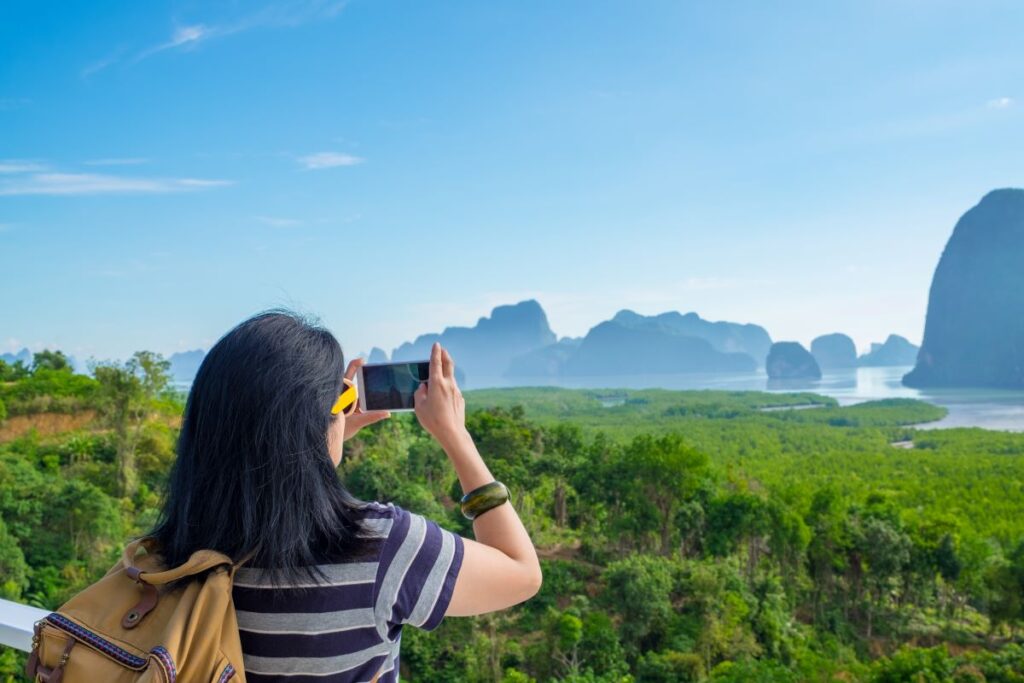
Section 1: The Power of the Visual Age
Social media has transformed how travelers perceive the world. Before Instagram, most people discovered destinations through guidebooks or travel documentaries. Now, it takes just one viral photo to put an unknown location on every bucket list.
How Instagram Shapes Travel Decisions
| Influence Factor | Description | Impact on Travelers |
|---|---|---|
| Viral Hashtags | Photos tagged with #travelgoals or #wanderlust attract millions | Create aspirational travel dreams |
| Influencer Marketing | Influencers promote destinations and hotels | Drives booking behavior |
| User-Generated Content | Travelers share their own experiences | Encourages social validation |
| Geo-tagging | Easy access to trendy spots | Concentrates visitors in specific locations |
According to a recent survey by Expedia, over 40% of travelers admit that social media directly influences their choice of destination. Instagram isn’t just a platform—it’s a modern travel agency powered by aesthetic appeal.
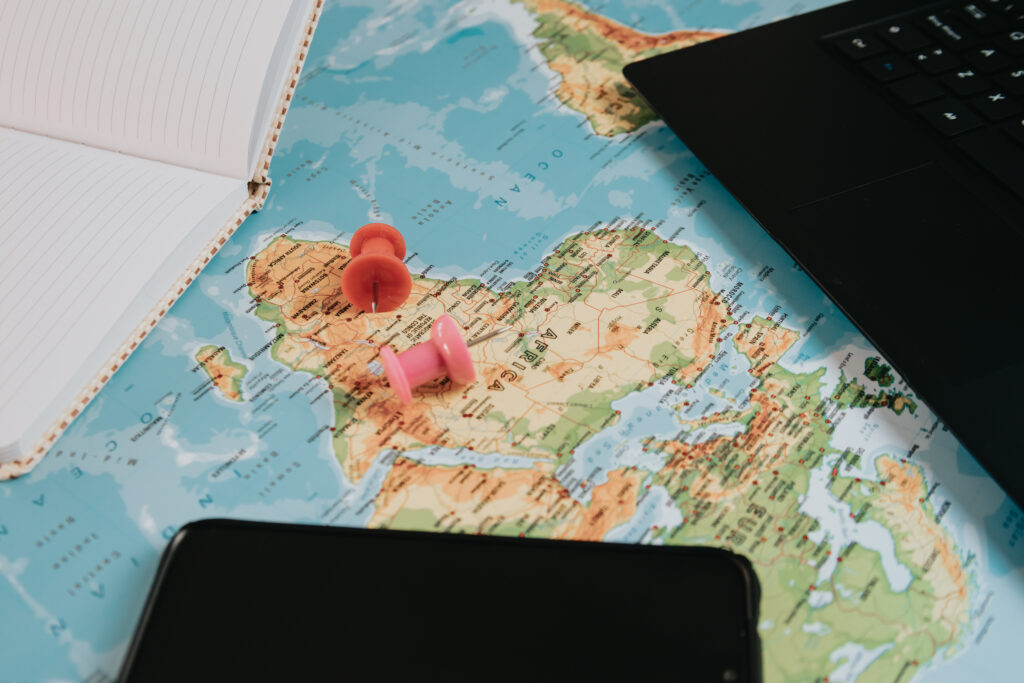
Section 2: The Psychology Behind the ‘Perfect Shot’
Why do travelers feel compelled to capture that picture-perfect moment? Psychologists suggest that the desire for “Instagrammable” content stems from a deep need for validation, belonging, and identity expression.
When travelers post stunning photos, they receive likes, comments, and shares—social rewards that activate the brain’s pleasure centers. This creates a feedback loop: the more engagement one receives, the more one craves it.
Psychological Drivers of Instagrammable Travel
| Psychological Need | How It Manifests in Travel |
|---|---|
| Social Approval | Posting travel photos for likes and validation |
| Identity Building | Curating a lifestyle that reflects adventure or luxury |
| Memory Preservation | Using visuals to freeze meaningful moments |
| Peer Comparison | Measuring worth against others’ travel experiences |
| Escapism | Seeking fantasy-like visuals to escape reality |
In essence, travelers aren’t just chasing destinations—they’re chasing digital recognition and personal narrative. A photo isn’t simply proof of travel; it’s proof of self.
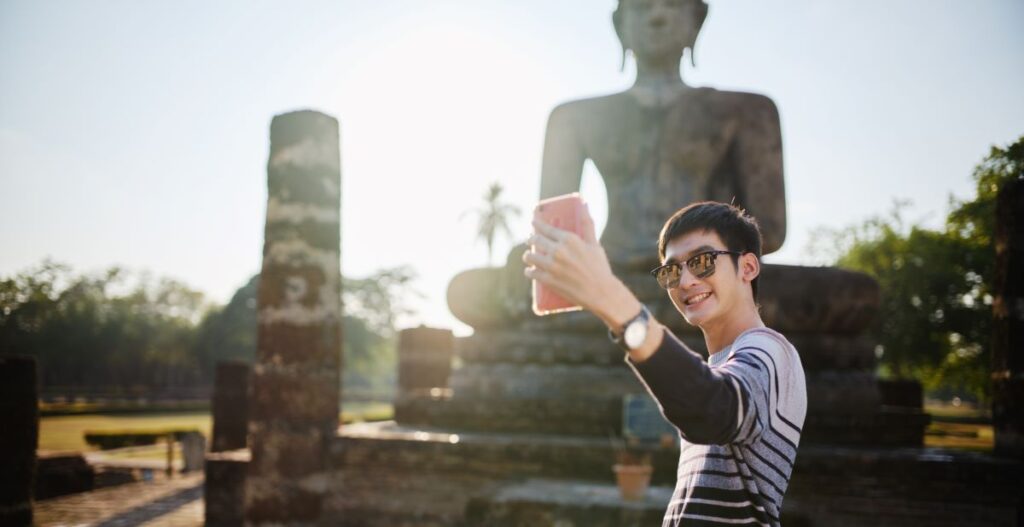
Section 3: How Instagram Has Redefined What ‘Cool Places’ Mean
“Cool places” used to mean culturally rich or historically significant destinations. Today, they often mean photogenic ones—where colors, lighting, and background aesthetics align perfectly for social media content.
Destinations like Santorini, Tulum, and Cappadocia owe much of their fame to viral Instagram photos rather than traditional travel marketing.
Local tourism boards have also adapted, highlighting backdrops, cafes, and viewpoints designed specifically for content creation.
Top 5 Most Instagrammed Destinations (2025)
| Rank | Destination | Annual Instagram Mentions |
|---|---|---|
| 1 | Bali, Indonesia | 65 million+ |
| 2 | Paris, France | 58 million+ |
| 3 | Dubai, UAE | 52 million+ |
| 4 | Santorini, Greece | 49 million+ |
| 5 | Tokyo, Japan | 47 million+ |
For many modern travelers, a trip feels incomplete without that picture-perfect proof of presence—a digital stamp of achievement.
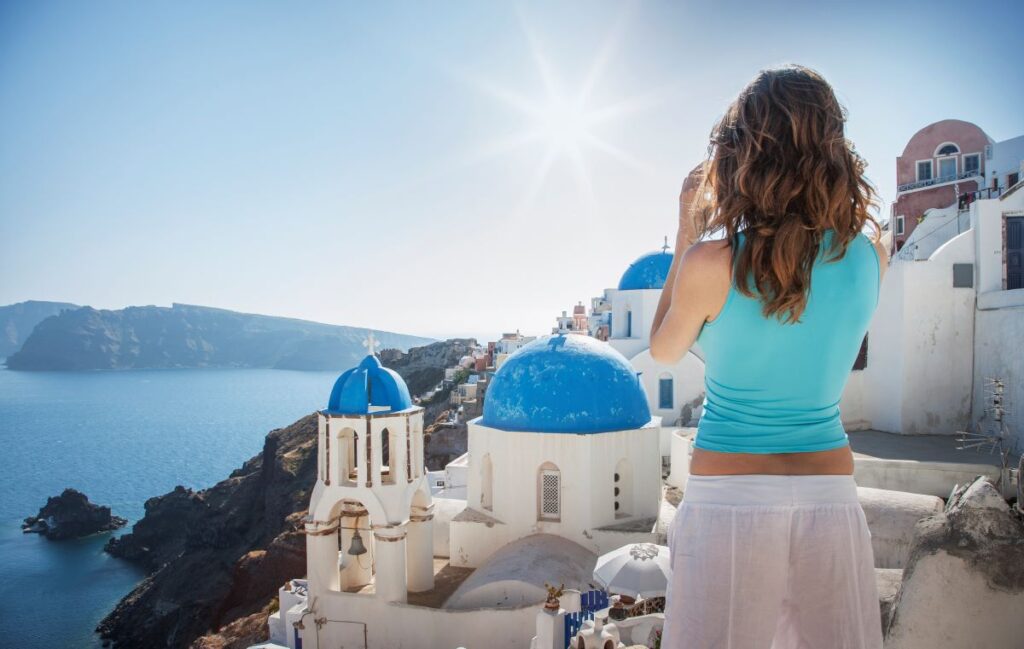
Section 4: The Economic Ripple Effect of Instagrammable Spots
Interestingly, this obsession has turned aesthetics into economics. Entire local economies thrive because travelers flock to picturesque cafes, murals, and natural landmarks made famous online.
Hotels now invest in “Instagrammable design”—from infinity pools to neon quotes on walls—to attract the selfie generation. Travel agencies curate “photo-op itineraries,” ensuring visitors capture the most shareable moments.
Examples of Instagram-Driven Tourism Growth
| Destination | Famous Spot | Effect on Tourism |
|---|---|---|
| Chefchaouen, Morocco | Blue-painted alleys | 4x increase in visitor numbers |
| Iceland | Northern Lights | Record winter tourism growth |
| Cappadocia, Turkey | Hot air balloon sunrise shots | Sold-out tours year-round |
| Positano, Italy | Cliffside pastel buildings | Luxury tourism surge |
For locals, this influx of travelers means opportunity—but also challenges. While businesses boom, overtourism and environmental stress can threaten the very beauty that attracts visitors.

Section 5: The Downside of the Instagram Travel Culture
While the Instagram era has democratized travel inspiration, it has also fueled unhealthy patterns among travelers. The constant pursuit of likes can overshadow genuine cultural appreciation.
Common side effects include:
- Superficial engagement: prioritizing aesthetics over authentic experience.
- Environmental strain: littering, trampling fragile ecosystems for “the shot.”
- Cultural disrespect: insensitive poses at sacred sites or religious monuments.
- Anxiety and competition: travelers comparing their trips to others online.
Real-World Example: The “Tulip Trouble” in the Netherlands
In 2024, Dutch farmers had to fence off tulip fields because travelers kept damaging flowers while taking photos for Instagram. What began as admiration turned into chaos—illustrating how unregulated social media tourism can harm local communities.

Conclusion
The chase for Instagrammable moments has changed the way travelers explore the world. While it has inspired millions to seek adventure, it also risks turning travel into a performance rather than a personal journey.
But as more travelers embrace sustainability, authenticity, and mindfulness, the narrative is shifting again. The next evolution of travel isn’t about capturing the most beautiful places—it’s about experiencing them with depth and respect.
Why do travelers focus on Instagrammable spots?
Because social media offers validation and visibility. Many travelers are motivated by the idea of sharing stunning photos that showcase their lifestyle, creativity, and identity online.
2. Are Instagrammable destinations worth visiting?
Yes, but it depends on the traveler’s intent. These destinations often are beautiful, but travelers should also look beyond the lens—exploring culture, cuisine, and local life.
3. How can travelers make Instagrammable travel more sustainable?
By respecting local environments, avoiding litter, supporting small businesses, and spreading awareness about responsible travel practices. Sustainable travel makes a destination last longer.
4. Do all travelers travel for social media?
Not at all. While many travelers enjoy sharing their journeys, others prefer to disconnect, focusing instead on mindfulness, relaxation, or cultural immersion.
5. What are some examples of Instagrammable destinations?
Bali, Santorini, Dubai, and Iceland are among the world’s most photographed spots. However, travelers can find equally beautiful, lesser-known gems in countries like Georgia, Vietnam, and Colombia.
6. How has social media changed the meaning of travel?
It’s made travel more visual and competitive. While some see this as positive inspiration, others argue that it prioritizes image over experience—something conscious travelers are now rethinking.
7. Is digital detox travel becoming popular?
Yes. Many travelers now seek “unplugged” experiences to escape constant connectivity. Destinations offering limited Wi-Fi or mindfulness retreats are growing in demand.
8. What can locals do to manage the influx of travelers?
Communities can promote responsible tourism through education and local-led initiatives. For more insights on the relationship between locals and tourists, see How Do Locals Feel About Tourists in Cool Places?.
9. How do cultural trends influence travelers’ behavior?
Cultural trends shape how travelers perceive beauty and experience destinations. A great example of cyclical cultural influence can be seen in this article:
Why Styles Keep Coming Back Every 20 Years

